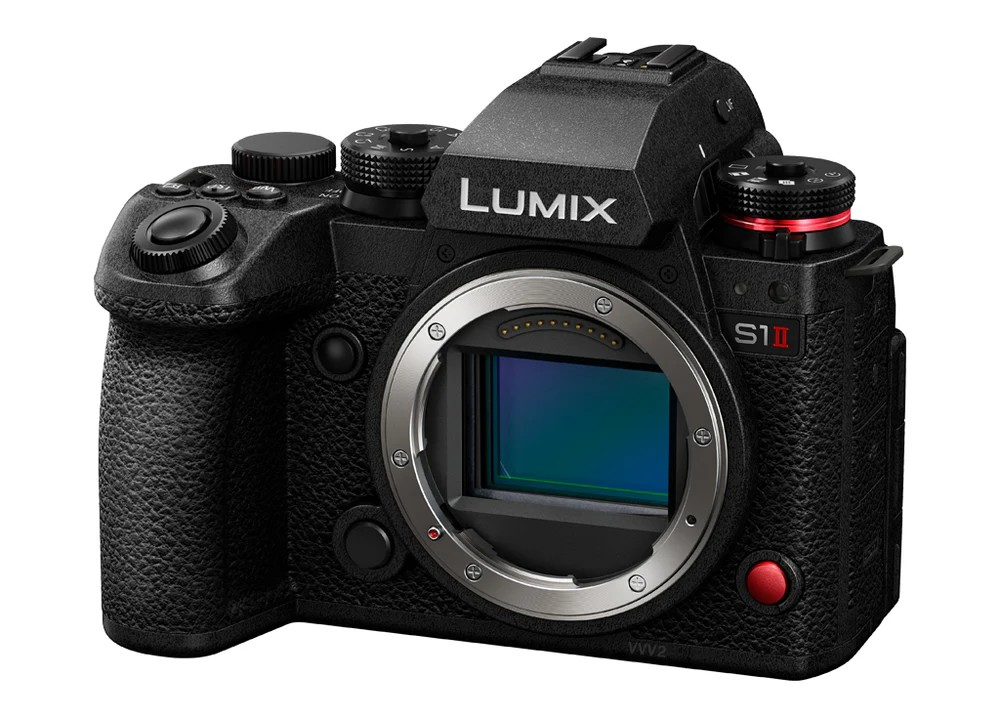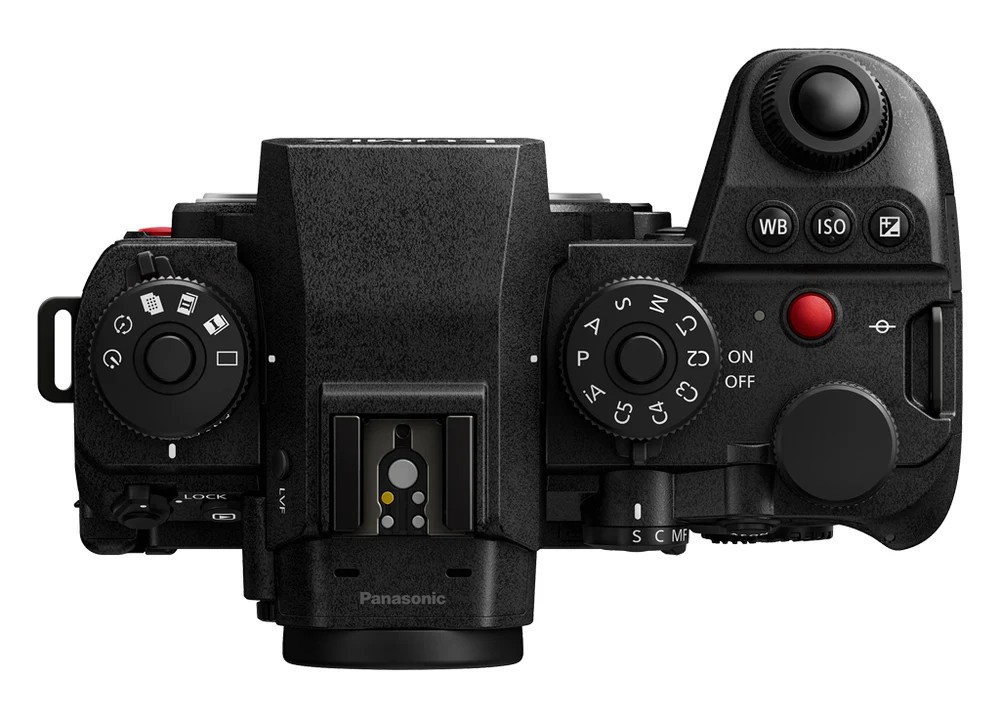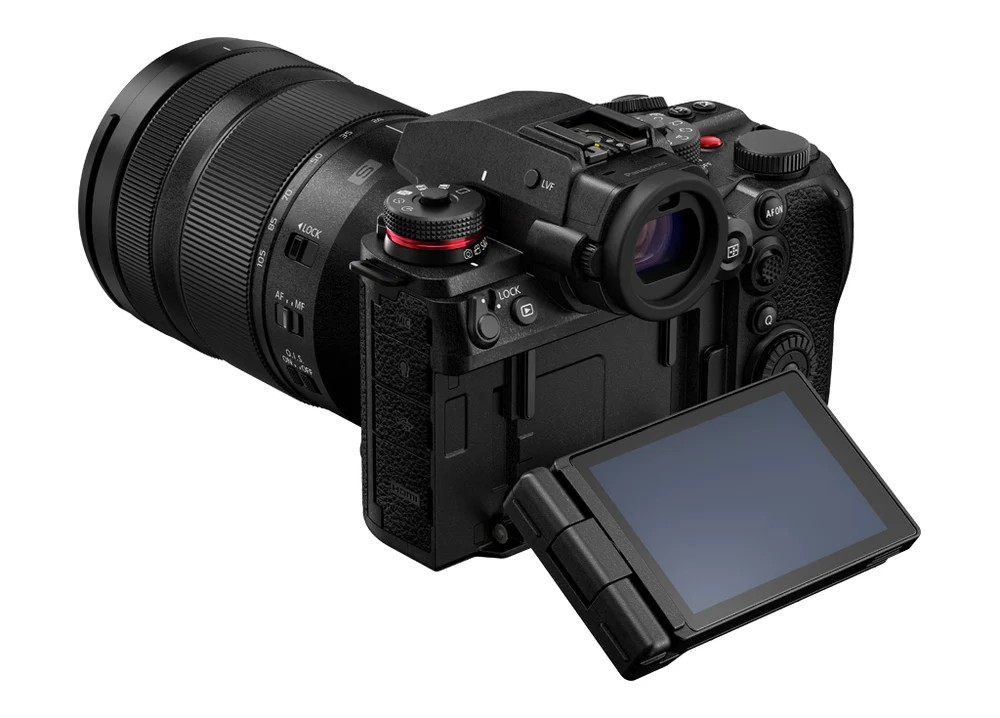Welcome! Today I want to talk about Panasonic Lumix’s latest camera release: the S1II.
I will analyze its specifications and features, highlighting the pros and cons to help you better understand if it’s something you could be interested in or not, and why.
What it brings to the table – Let’s talk specs
The somewhat new but not unique
Along with its siblings the S1RII and the upcoming S1IIE, the just-released S1II is part of Lumix’s new S1II line. These cameras all feature Lumix’s new AI-powered Phase Hybrid Autofocus, improving on the already very good Phase Detection Autofocus found in the S5II line, making it faster and more reliable.
They also share the same IBIS system, their best so far, rated at 8 stops. Between this and their cropless mode stabilization for wide angles, this series’ IBIS is straight up impressive.
And last, they share the same body. This means not only the same weight and weight distribution, but more importantly the same buttons and button placement.
You could think they’re almost the same camera, but you’d be mistaken.
Now, what is unique to this camera
Readout speed
Inside the S1II is a 24.1 MP partially stacked sensor, giving it what Lumix describes as “ultra-fast readout speeds”.
Gerald Undone’s testing reports them to be between 14.9ms and 34.2ms when recording in open gate, and going as low as 12.6ms in 4k24 16:9.
Basically IT IS very good.
Dynamic Range Boost
Thanks to such fast readout speeds, the S1II is also the first camera in Lumix’s lineup to feature a Dynamic Range Boost mode, which allows it to basically shoot HDR video at the cost of only slightly longer readout times – that’s how you get to that 34.2ms number.
Note: This feature cannot be used if you are filming at a framerate higher than 30fps.
5.1k 60p open gate (in full frame)
Open Gate has been a prerogative of Lumix for a while and one of their main attractions, and the S1II model takes it to new heights, achieving 5.1k60p and 6k Open Gate if you go down to 30 or 24 fps.
In addition, the S1II records 4k60p oversampled from 6k with no crop and, while it crops in normal 16:9 4k120p, there’s an option for a full width 4k120p using a 2.4:1 ratio.
Burst Speed
Nothing here would suggest this camera is aimed at photographers, but this doesn’t mean Lumix forgot to throw in something for us too. Despite the mechanical shutter in this camera supporting bursts up to only 10 fps, electronic mode gets you 70 fps with no blackouts.

What does this all mean? Is it for you?
On Autofocus
For the longest time Lumix cameras featured Contrast based Autofocus, which made them slow and, even worse, unreliable. Things improved just a couple of releases ago with their S5II, which brought in an Autofocus performance finally comparable to the competition.
This is that, but better.
So if Autofocus is something you need, want, or rely heavily upon, this line should be at the top of your list, at least on Lumix’s side.
If you’re considering switching from Sony or Canon, this line could be what you are looking for.
If you do a lot of solo filmmaking, documentary work, sports, weddings or events, this could be your camera.
If you are with Lumix already, and find your current camera lacking in Autofocus, this or any other camera in the S1II line would be an upgrade worth looking into.
On Readout Speed
I’ve seen some reviewers sneer at the rolling shutter performance of this camera. And I don’t get it. You can often get away with much slower readout performances just fine, I do that myself constantly, as it impacts what I do very little, so this is really nothing to frown upon.
Not even at its slowest.
If you shoot sports, action, anything with a lot of movement, this is your second reason to have a look at this.
On HDR
While I do not particularly care for HDR, dynamic range is actually becoming more and more relevant as we speak, and there’s definitely people who are going to love this feature.
If you frequently shoot with natural light, or in high dynamic lighting, you should consider this camera.
If you do real estate video work, you should love this.
On Open Gate
Now, the most common use for Open Gate is reframing.
You need to shoot the same video in 16:9 and in 9:16? With Open Gate you shoot once and just reframe in post (and you have tons of guiding lines on the screen to help you during the recording).
So if you work a lot with social medias and other medias at the same time, or you just tend to work with different crops and ratios, this would be a great tool for you.
But the uses of Open Gate don’t end there. It is also very useful when it comes to shooting with anamorphics: while with normal spherical lenses recording in 16:9 only means cropping out the top and bottom, anamorphic lenses squash the width of the image they capture along the vertical axis – that’s why you need to desqueeze such footage – so having an Open Gate there means you get the full image out of your anamorphics, not losing height nor width.
To further help with that, the camera features internal anamorphic desqueeze and internal LUTs, allowing you to see the final image right in camera without the need for an external monitor.
If you are a filmmaker, or you just love anamorphics, this should probably be your camera of choice.

Why NOT to get it?
Autofocus
I bet you didn’t expect to see this here, but yes.
As I said already, Lumix has for a long time been somewhat infamous for its autofocus performance. Now things have definitely improved a lot, but I think the autofocus in this camera is still much more impressive compared to Lumix’s old offerings, than compared with other brands’.
It still struggles in low light, and for the price you can definitely get a better autofocus performance elsewhere.
So if you rely very heavily on autofocus, unless you are in desperate need of what this camera offers, I would suggest you sit this one out.
The Limited Ecosystem
Despite the many brands taking part in the L-Mount Alliance, the mount system that Lumix uses, there is a lack of specialty lenses.
By that I refer to the 1.2 primes and the F2 zooms which lately seem to be all the rage.
Personally, I don’t consider this a dealbreaker, but for some of you it might be. If that’s you, I’d suggest waiting before getting into Lumix.
The (UN)Ease of Use
This camera is clearly made for professionals, and it shows painfully in its 19 pages of video formats alone.
If are new to photography and videography, this could make for a drastically overwhelming start of your journey. Feel safe knowing that you don’t need any of the fancy things that are in this camera.
The Obvious
Of course there is also the obvious:
maybe you just don’t need what this camera offers, or are with another system and don’t really want to change.
If you don’t care much for open gate, really you are going to find better offerings from other brands. And if you are with another system already, despite what the internet likes to tell us, it’s usually better if you stick to it.
My recommendations?
If you are with Canon, or also considering Canon, take a look at the R6II – or even wait for the rumored R6III.
If you are with Nikon, or also considering Nikon, have a look at the Z6III.
I would like to suggest something in the Sony world as well, but I don’t think there’s a model that really compares as of now.
BUT the A7V is supposed to drop soon, so it could be that.
I hope this has been helpful and if you are getting this camera, or just want to share your thoughts, don’t be shy and leave a comment. Let’s talk!


Leave a Reply